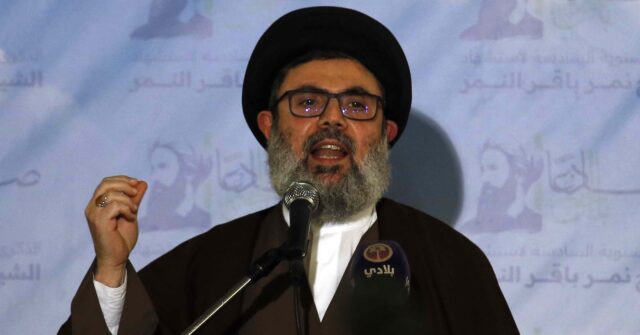Israeli Defense Minister Yoav Gallant confirmed reports of Hashim Safieddine’s probable death, following an Israeli airstrike targeting Hezbollah in Beirut. The strike occurred at an underground facility, and although there was speculation about Safieddine’s fate before this confirmation, the lack of communication from Hezbollah raised suspicions regarding his survival. Prior to Gallant’s remarks, Israeli government spokesman David Mencer noted that the IDF had yet to officially verify Safieddine’s death. Following the airstrike, Gallant highlighted the significant impact of this loss on Hezbollah’s leadership structure and operational capabilities.
Gallant proclaimed that with both Hezbollah’s leader Hassan Nasrallah and Safieddine possibly eliminated, the group was effectively leaderless. His comments were made during a visit to the IDF Northern Command, where he expressed the view that the absence of leadership would impede decision-making and action within Hezbollah. This assertion points to a broader strategic advantage for Israel. Gallant suggested that the diminished leadership would alter the dynamics of the region, indicating a potential shift in Hezbollah’s ability to respond to threats or to execute coordinated military actions.
Furthermore, Gallant emphasized the implications for Iran, which views Hezbollah as a critical asset in the region. With Safieddine’s likely death, Iran may face challenges in its influence and strategic operations in the area. The Israeli defense chief characterized Hezbollah as having suffered substantial losses, particularly regarding its firepower capabilities. This weakening of Hezbollah is framed as beneficial for Israel, particularly in relation to Iran’s positioning in the ongoing regional conflict.
Hezbollah’s leadership has undergone significant upheaval in the wake of recent Israeli-airstrikes. Gallant’s statements come after a series of attacks that have left the organization disoriented, following Israel’s shift in its military focus to the safe return of evacuated residents in northern Israel. The complexity of the situation is reflected in Hezbollah’s struggle to maintain its organizational coherence amid external pressures from Israel, which maintains a careful balance in its military engagements to achieve specific objectives.
In light of these developments, analysts speculate on the future trajectory of both Hezbollah and Iranian influence in the region. The effective neutralization of key leadership figures poses questions about the capabilities and morale of Hezbollah going forward. As the organization grapples with this leadership void, the potential for internal divisions may undermine its operational effectiveness and strategic posturing against Israel.
The recent escalation of tensions illustrates the broader geopolitical struggles in the region, highlighting the intertwined fates of Hezbollah, Iran, and Israeli security interests. As leaders respond to the shifting landscape, the consequences of such strikes on long-term stability in Lebanon, as well as Israel’s relationships with neighboring states, remain to be seen. The continuing developments serve as a reminder of the fragility of power dynamics in the Middle East, particularly amid shifting alliances and military strategies.

